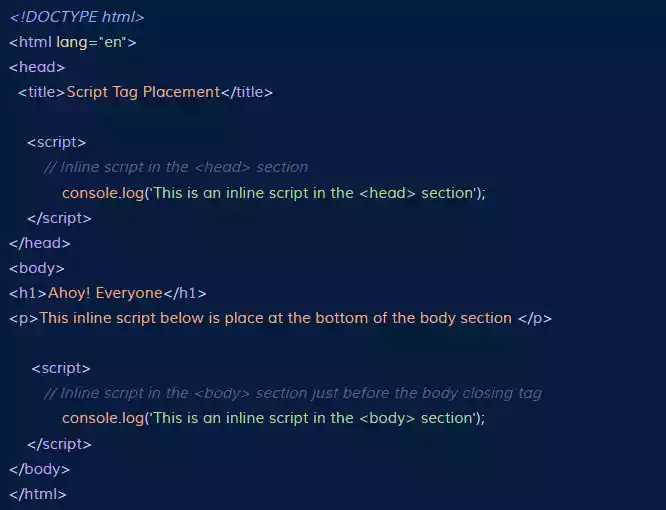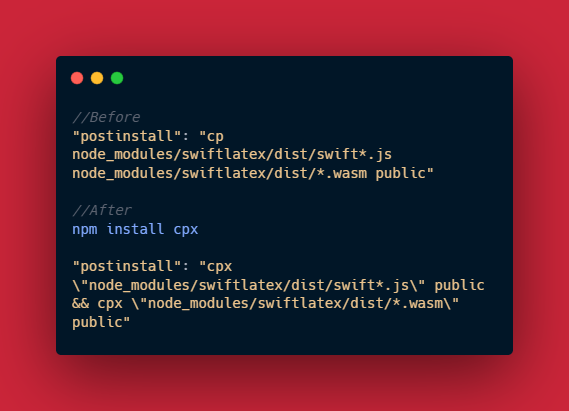Difference Between / and // in Python with Examples
If you are new to Python, you might have come across the symbols “/“ and “//“ in mathematical operations, particularly in division.
The forward slash “/“ serves as a normal division, while the double forward slash “//“ serves as a floor division.
Table of Contents
The “/“ Operator: Normal Division
The forward slash “/“ is the standard division operator in Python. When you use this operator, Python will perform a normal division, resulting in a floating-point number as the output.
Let’s consider an example:
Example:
5 / 2
2.5
In this example, when we divide 5 by 2 using “/“, Python returns the result 2.5 as a floating-point number.
The “//“ Operator: Floor Division
The double forward slash “//“ is the floor division operator in Python. When you use this operator, Python will perform a floor division, which means the result is the quotient of the division truncated to the nearest integer towards negative infinity.
Let’s consider an example also:
Example:
5 // 2
2
In this example, when we divide 5 by 2 using “//“, Python returns the result 2, which is the truncated integer value of the division.
Wrap Up
As a wrap up, the key difference between “/“ and “//“ in Python lies in their division behavior.
The “/“ operator performs normal division, providing a floating-point result, while the “//“ operator executes floor division, producing an integer result.





